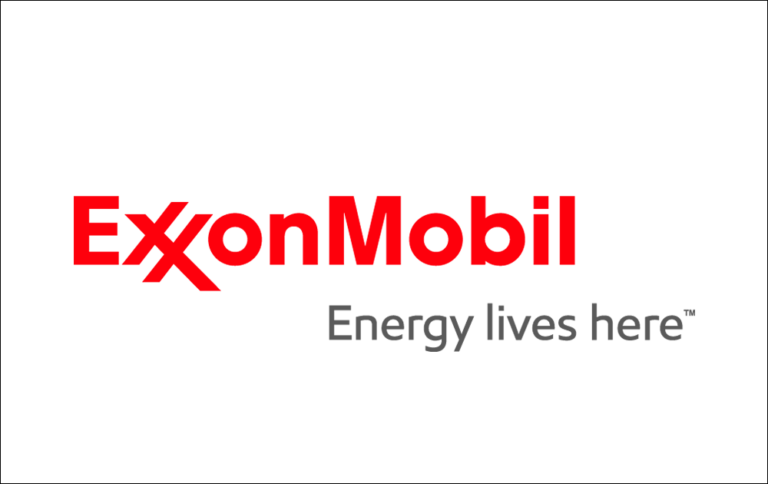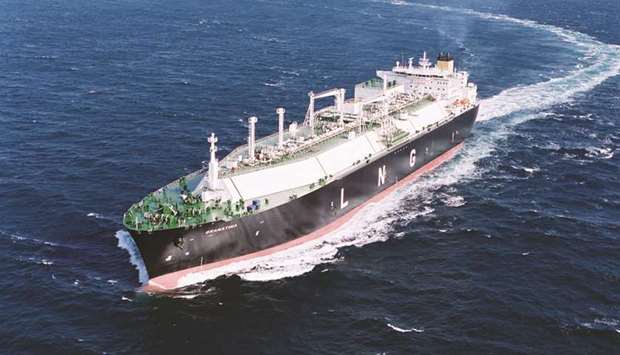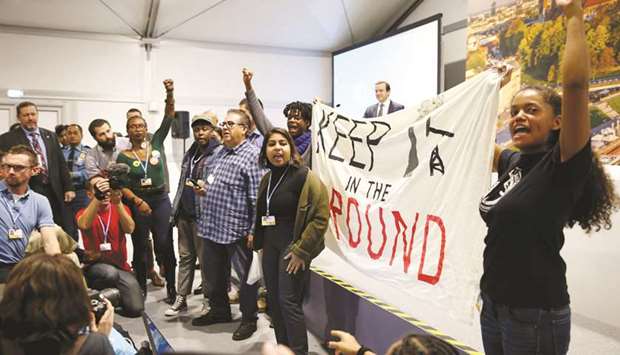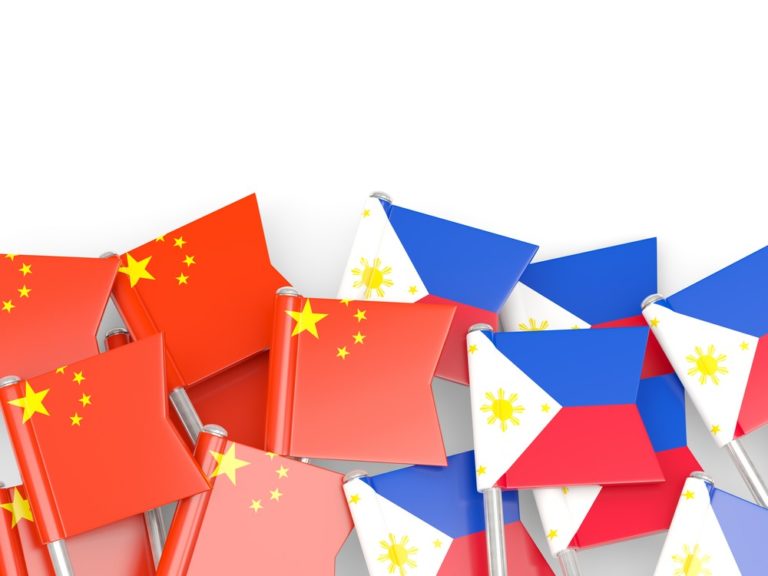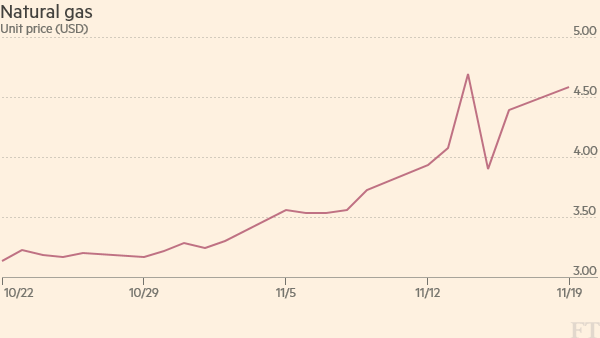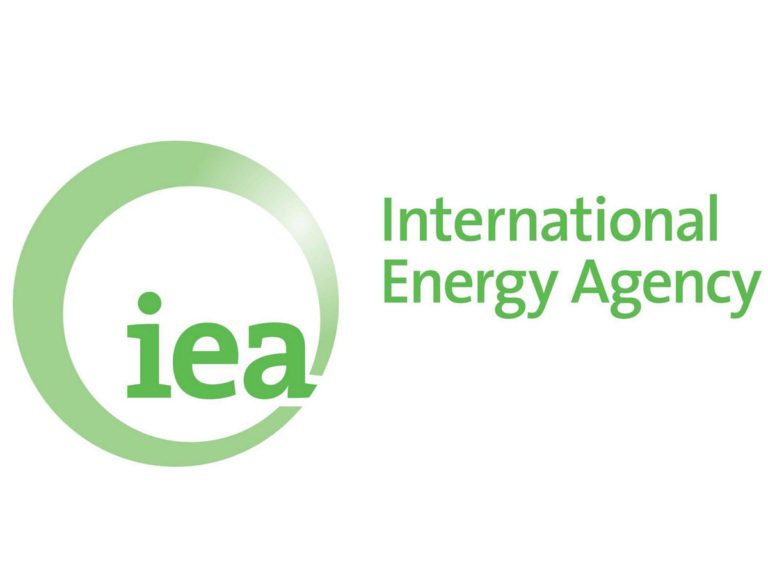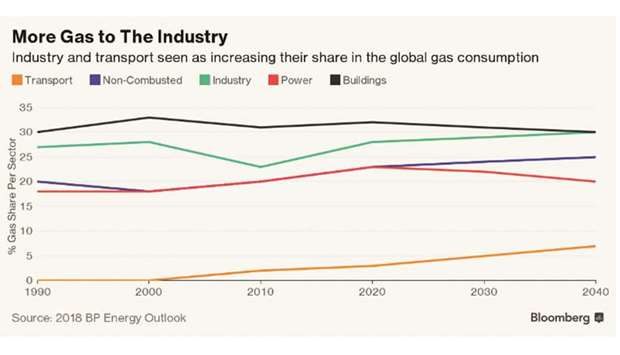Tension Over Qatar Stalls Trump’s Mideast Agenda
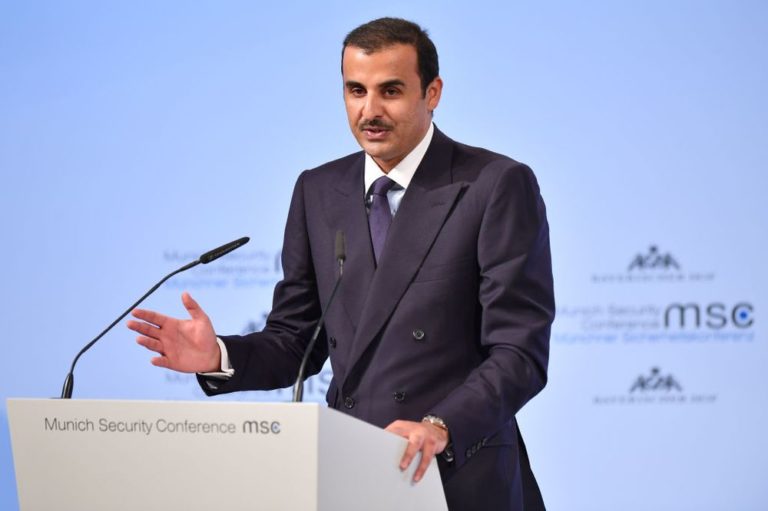
The first step toward any progress for the U.S. would be to resolve the conflict between its allies.
President Donald Trump has at least one clear and coherent foreign policy goal: to try to force Iran back to the negotiating table for more favorable terms in a nuclear accord. His administration is trying to lead a “maximum pressure” campaign, including wide-ranging new sanctions. The problem is, the countries most important in supporting this initiative — Washington’s key Arab allies — are too busy squabbling among themselves.
A series of recent developments, and my own trip to the region this month, strongly suggest that this isn’t likely to change anytime soon. Unless, that is, Trump decides to get serious about ending the argument.
For decades, the mainstay of support for the U.S. and hosting of American military bases in the Persian Gulf region has been from Gulf Cooperation Council countries: Saudi Arabia, the United Arab Emirates, Bahrain, Qatar, Oman and Kuwait.
But in June 2017, long-simmering tensions within the group boiled over as Saudi Arabia, the U.A.E. and Bahrain — joined by Egypt — announced a “boycott” of Qatar, which they accuse of promoting extremism and terrorism and coddling Iran. Qatar describes it as a “blockade” and says it’s being bullied by reactionary and autocratic neighbors.
Trump initially signaled support for the boycott but, over time, like the parties, Washington has apparently come to view the standoff as a “new normal,” despite the obvious disruption this is causing to the U.S. policy focus on Iran and complications for the massive American military assets strewn across these very countries.
Last week, the council held one of its increasingly truncated and pro forma leaders’ summits, but rather than pointing to a way forward, the dysfunctional meeting simply underlined and even exacerbated the internal Gulf Arab crisis. They are supposed to have annual summits with the U.S. president too, but that can hardly happen until their own differences are resolved.
Even more than last year’s meeting in Kuwait, which was suddenly cut short as tempers flared, this summit was a vivid enactment, in several episodes, of the depth of alienation among these core U.S. allies.
It was originally supposed to be held in Oman, but at the last minute, Saudi Arabia intervened and insisted it must be held in Riyadh.
Then Qatar began to complain that its ruler, Emir Tamim bin Hamad Al Thani, might not have been invited by the Saudis. When Riyadh made it clear that he was welcome, he refused to show up. The Saudis then framed that as an insult against them.
Meanwhile, the war of words continued to rage, with Qatar still complaining about being abused and with the boycotting countries dismissing Qatar as both irresponsible and irrelevant.
Worse, the standoff isn’t contained to internal council rows. Qatar recently withdrew its membership in the OPEC petroleum cartel, essentially to distance itself from Saudi Arabia.
And Qatar continues to deepen its ties to Turkey, which is a major beneficiary of the impasse.
But Turkey has also moved closer to Kuwait, which just signed a military cooperation agreement with Ankara.
One of the more dangerous effects of the lingering boycott is that not only Qatar but also Kuwait and Oman are becoming very nervous about what they see as an aggressive Saudi and Emirati effort to make all regional states conform to their agendas.
This is exacerbating one of the main reasons for the boycott: the sense that Turkey, in conjunction with Qatar and the Muslim Brotherhood parties, constitutes a third, Sunni Islamist, bloc in the Middle East competing with both the pro-Iranian and pro-Saudi and U.S. camps.
While they won’t say so publicly, the boycotting quartet is increasingly concerned that, in a nightmare scenario, the Turkish-Qatari alliance could slowly begin to absorb other countries such as Kuwait and Jordan and constitute a real potential alternative set of allies against Iran for the U.S.
There are many reasons this scenario is far-fetched. It’s hard, after all, to imagine Washington basing its Middle East policies on a partnership with what amounts to an Islamist coalition.
But anxieties are running high, and such a scenario is not impossible. And there is no question that the boycott and its long-term impact is at best complicating and at worst disrupting the Trump administration’s efforts to keep everyone’s attention squarely focused on checking Tehran.
These and other recent developments show that the standoff is not only continuing, but in many crucial ways deepening. My own recent conversations with officials and experts in the U.A.E. indicated a clear determination to keep up, even intensify, the pressure on Qatar.
While Trump initially seemed to back the boycott, in fact Washington has adopted an effectively neutral stance on the confrontation.
It has been urging the Gulf Arabs to put their differences behind them and focus on countering Iran and terrorist groups. But it hasn’t made any major aspect of U.S. relations with any of these parties contingent on any particular outcome. So American interventions have basically been helpful hints rather than urgent demands.
Both sides have known from the beginning that the U.S. role could be decisive, but Washington hasn’t really tried to sort things out among its key Middle Eastern allies. The Trump administration would be wise to send two clear messages: First, Qatar’s policies, and especially its promotion of radicals, need to change. And second, on that basis the boycott needs to end. These messages need to be connected to real consequences. That’s the path to ending this impasse and achieving other key goals in the Middle East.
